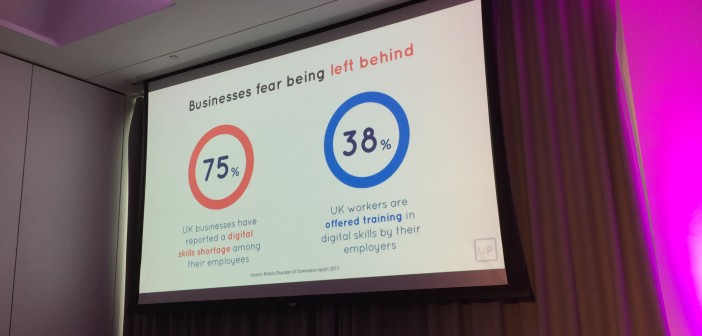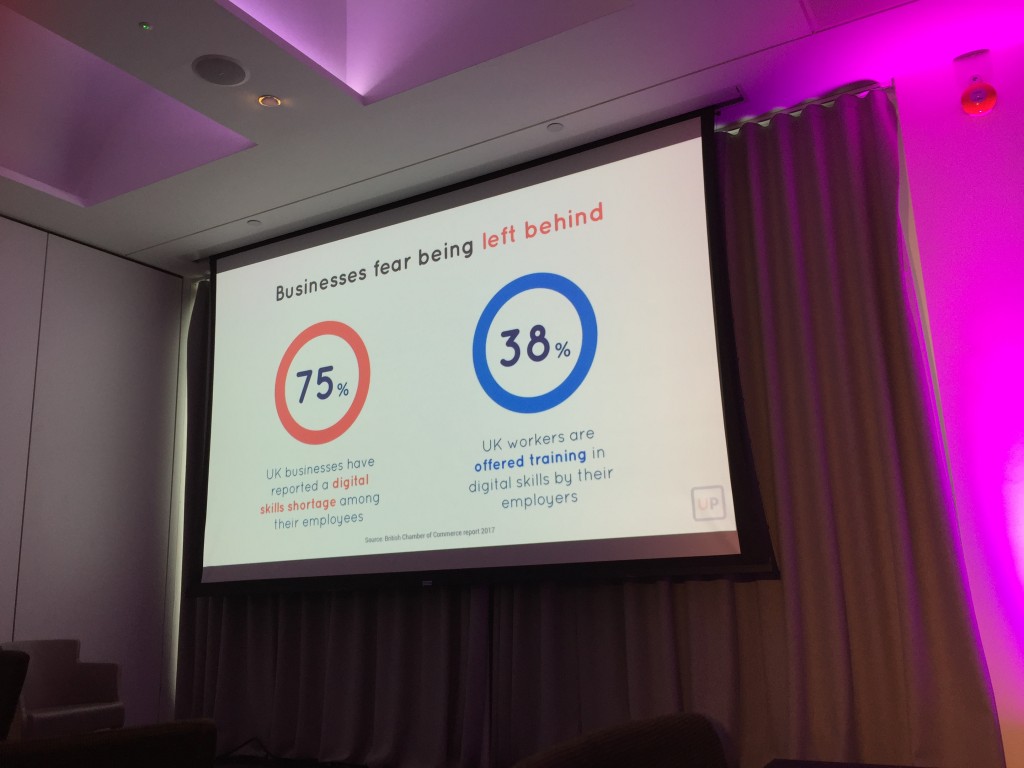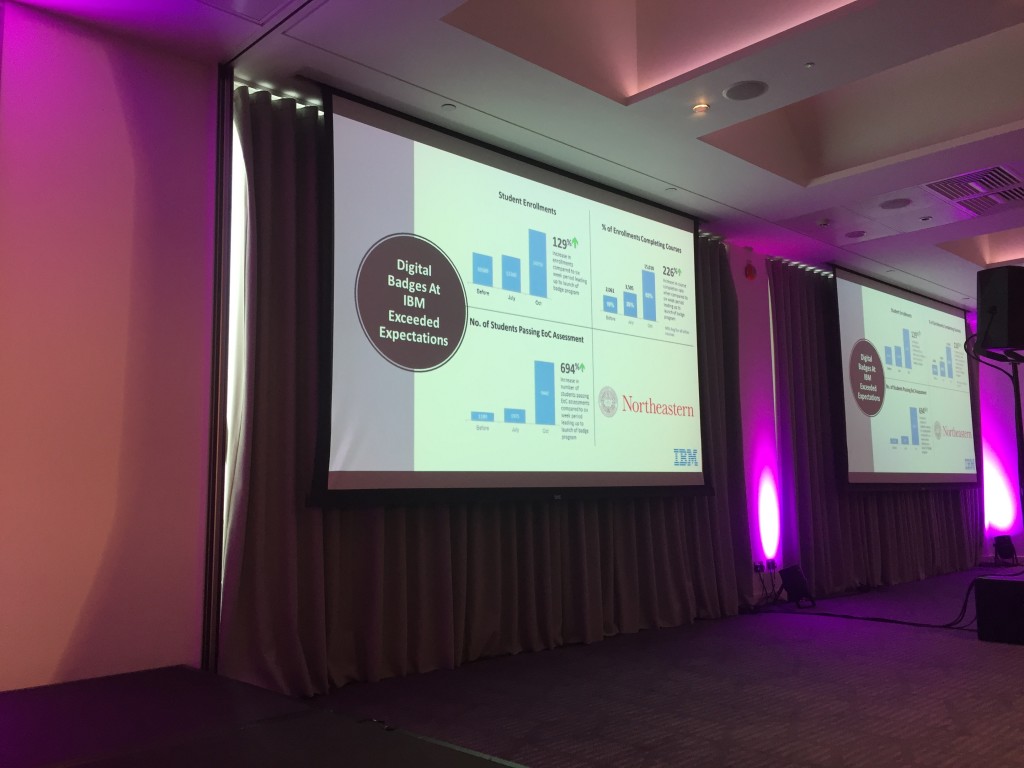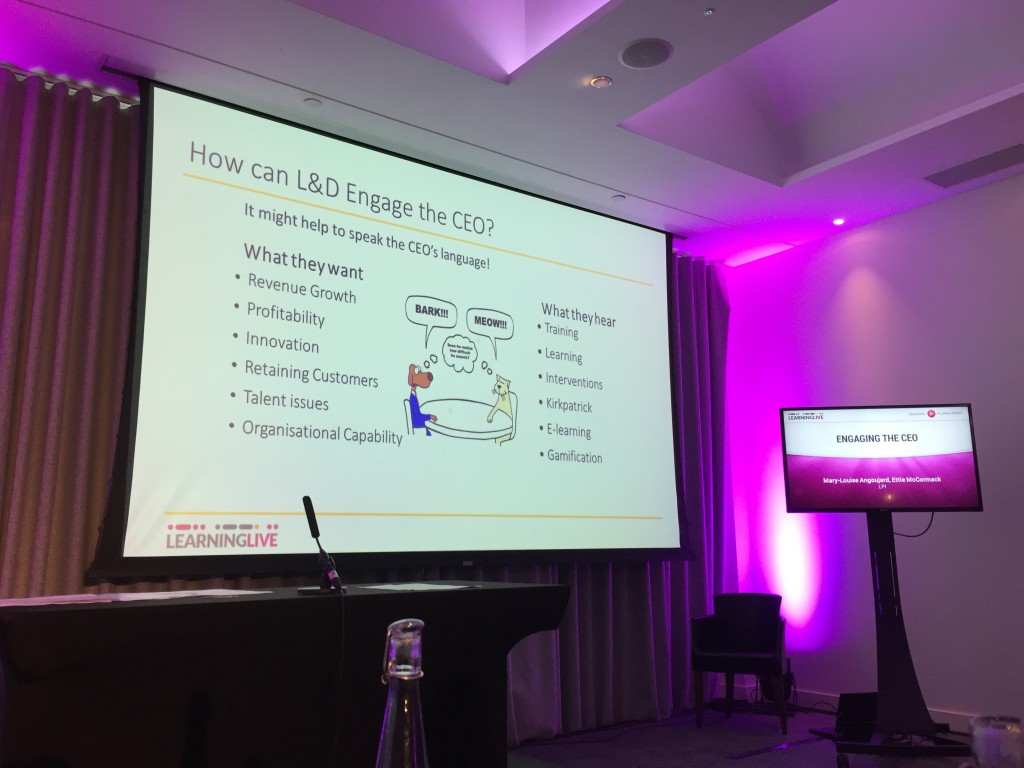It was during the panel discussion on day one of the Learning and Performance Institute’s Learning Live conference that institute chairman Don Taylor pronounced that: “We are moving from a learning-centric approach to a performance-centric approach.”
What does that mean? Taylor qualified that statement by suggesting the shift is away from learning and learning content first and towards understanding the performance issues that need improving first. Take that as your starting point and you can build learning interventions that align with performance and business need. If indeed you need a learning intervention.
The overarching sentiment in the panel debate was that learning is changing.
When asked about how L&D can transform learning, panellist Julian Wragge, VP at Pluralsight, said the same question had been asked for the last 20 years. The difference now is that things have moved on for organisations because millennials want digital learning and organisations are being disrupted by new entrants to markets who can and are doing things differently.
A slide shared by Tori Yahaya, head of training and development at Google’s Digital Garage, showed that organisations are being left behind, with 75% of UK businesses reporting a digital skills shortage and only 38% of workers being offered digital skills training.
So, is it still OK to talk about learning or is it all performance from now on? David Perring, director of research at Fosway Group, reminded delegates that all employees want to do well in work and develop themselves and their career. Learning in this sense is a good thing, so don’t abandon framing it in this way. That might explain why badging (also known as credentialing and even micro-credentialing) is starting to gain traction. Badges can be held by employees throughout their career. Keynote speaker Jeanne Meister showed that training enrollment and completion increased dramatically at IBM after the introduction of badges.
So, how can L&D professionals start to engage senior leaders with a performance first approach? Ettie McCormack suggested that using the right language is a good place to start. Rather than focusing on learning terms, L&D professionals need to start talking in terms that the CEO will understand. She shared some good examples . . .
Using the right language is necessary but without credibility, L&D will fail to influence their senior stakeholders, according to McCormack. To do that, consider the following:
- Partnering and contracting in the business
- Developing the appropriate solutions – what do you need to do well
- Diagnosis and analysis.
All of this is sensible advice but the big question from the conference remains: what’s the impact on L&D if its focus is on performance first?
This is a fundamental shift away from learning as an outcome to performance as an outcome. And if improved performance is the outcome then achieving that might result from a whole range of interventions that might or might not be learning interventions.Many practitioners and commentators have been saying this for years but that is not reflected in conference agendas, L&D qualifications etc
Currently, the DNA of the profession centres on learning as an outcome. People are trained for that and teams are created to deliver that. Reimagining L&D as a performance-first profession makes sense but how close are individuals, organisations and the profession to this being a reality?







